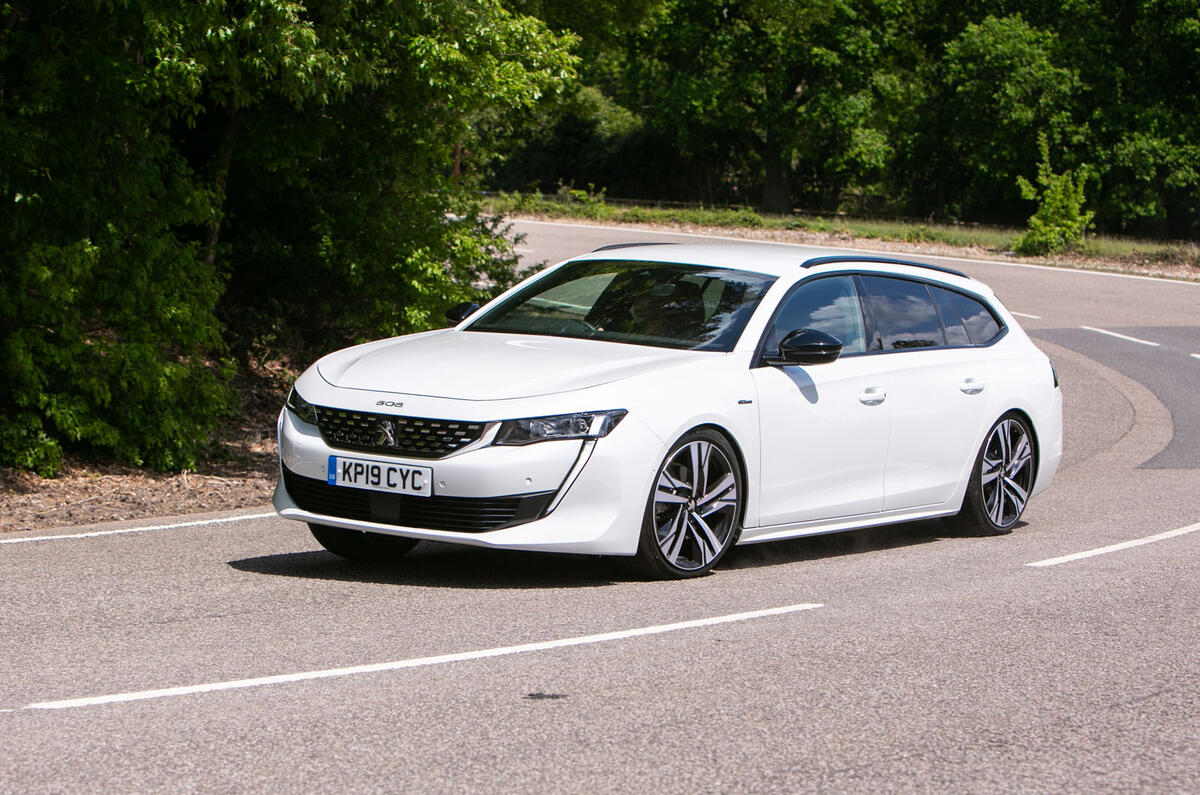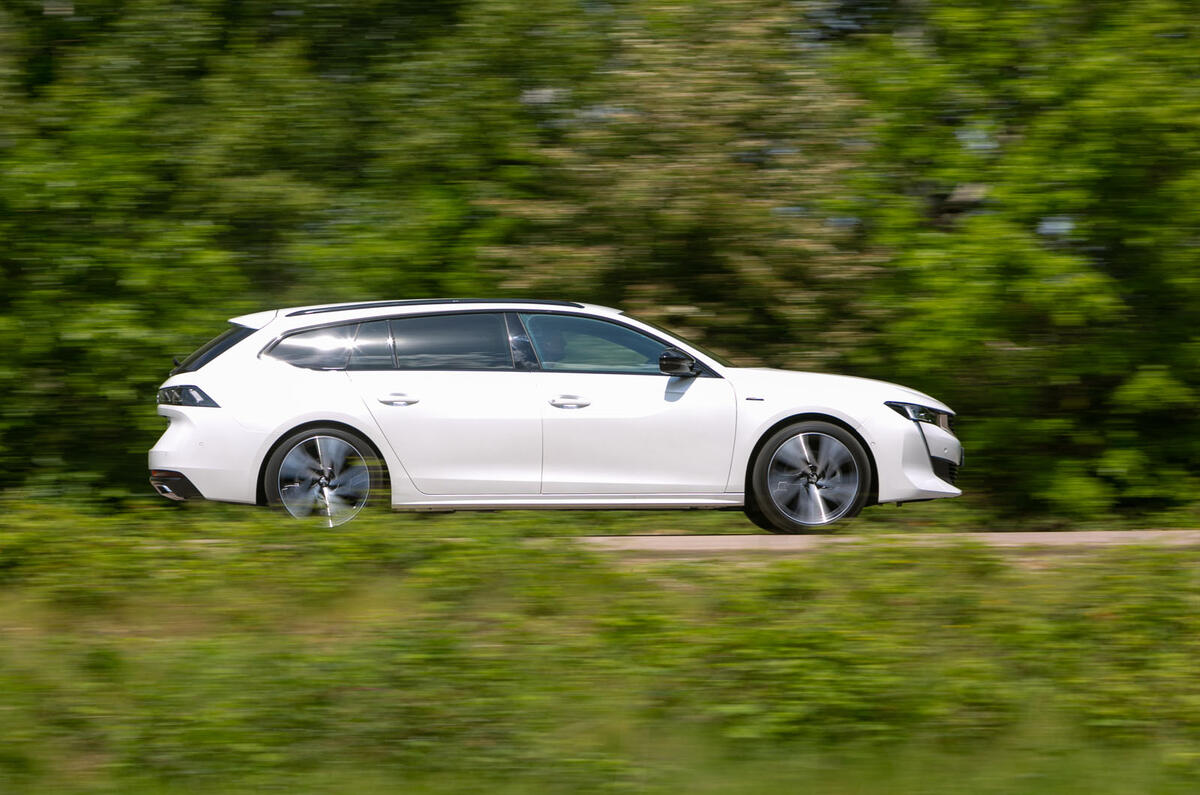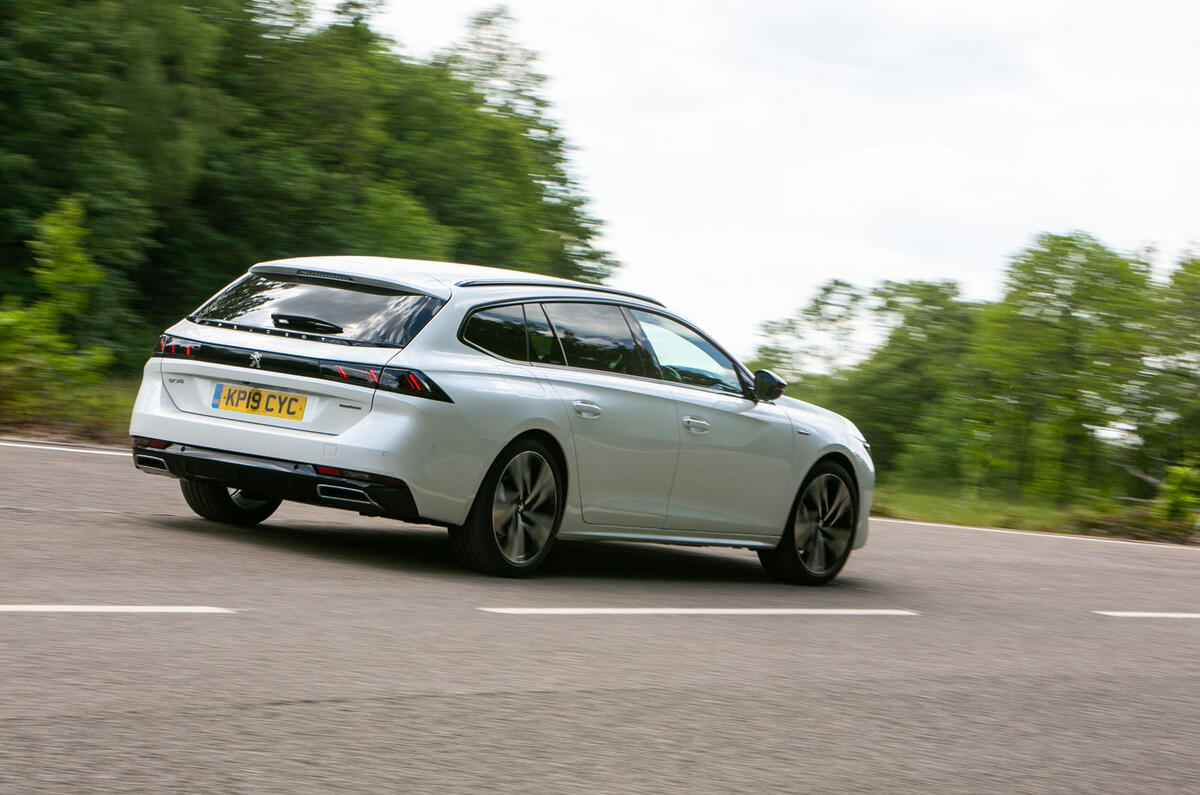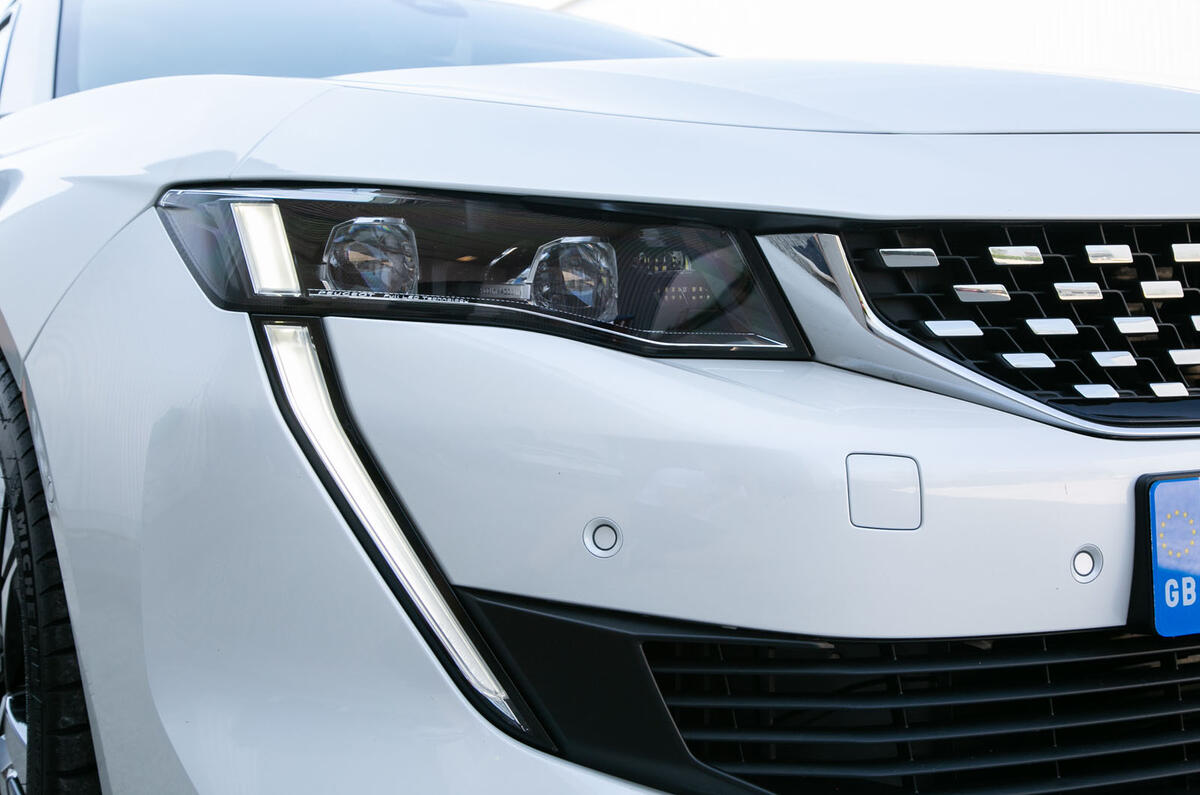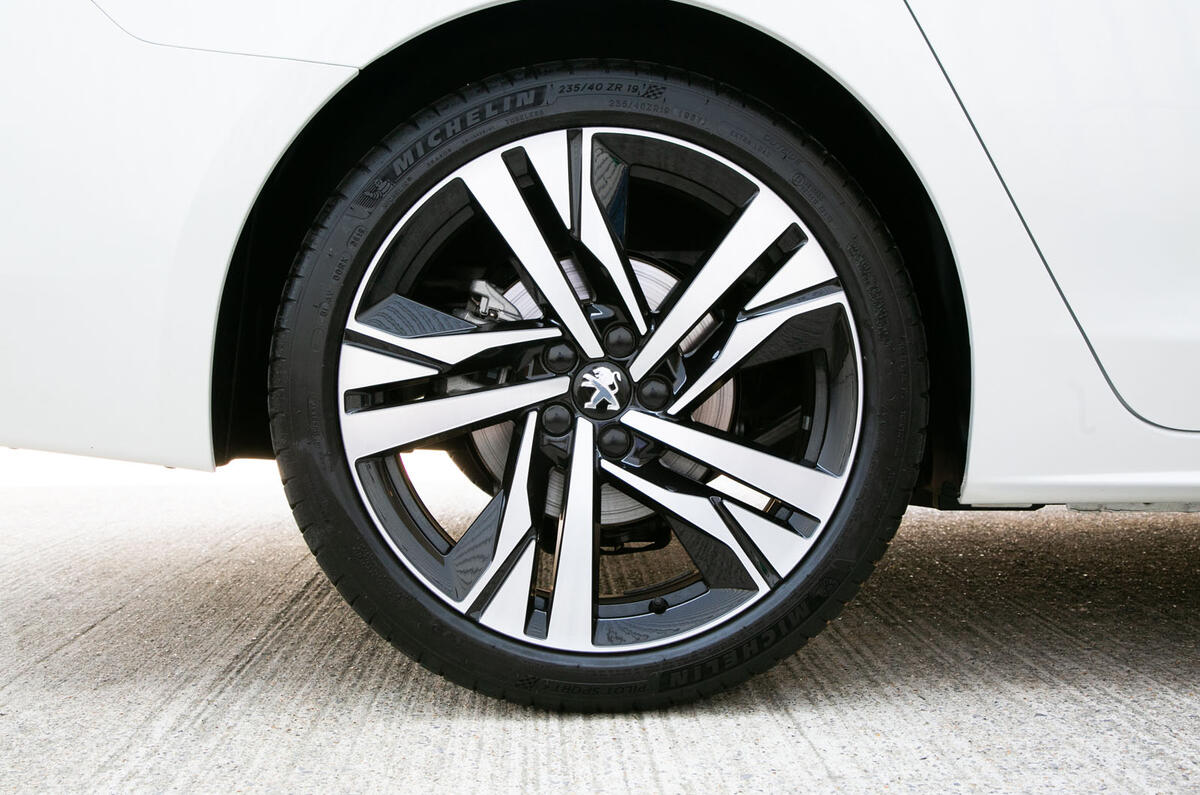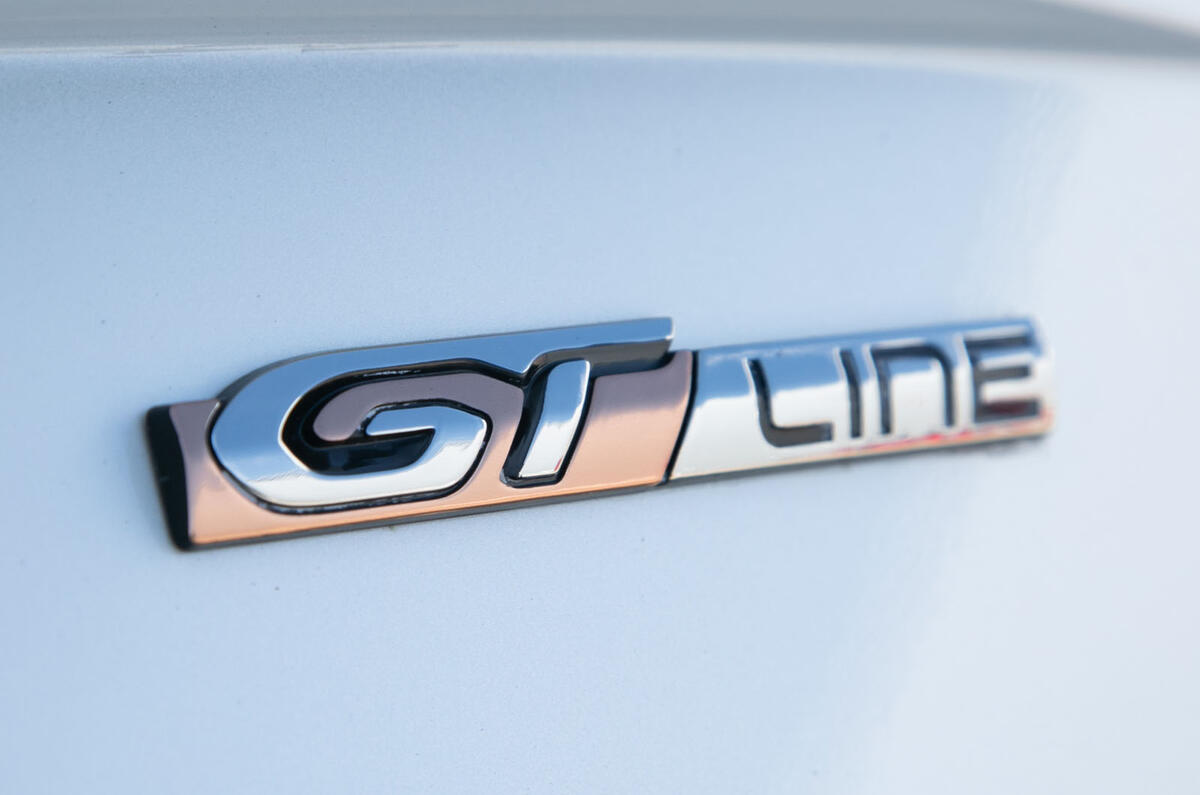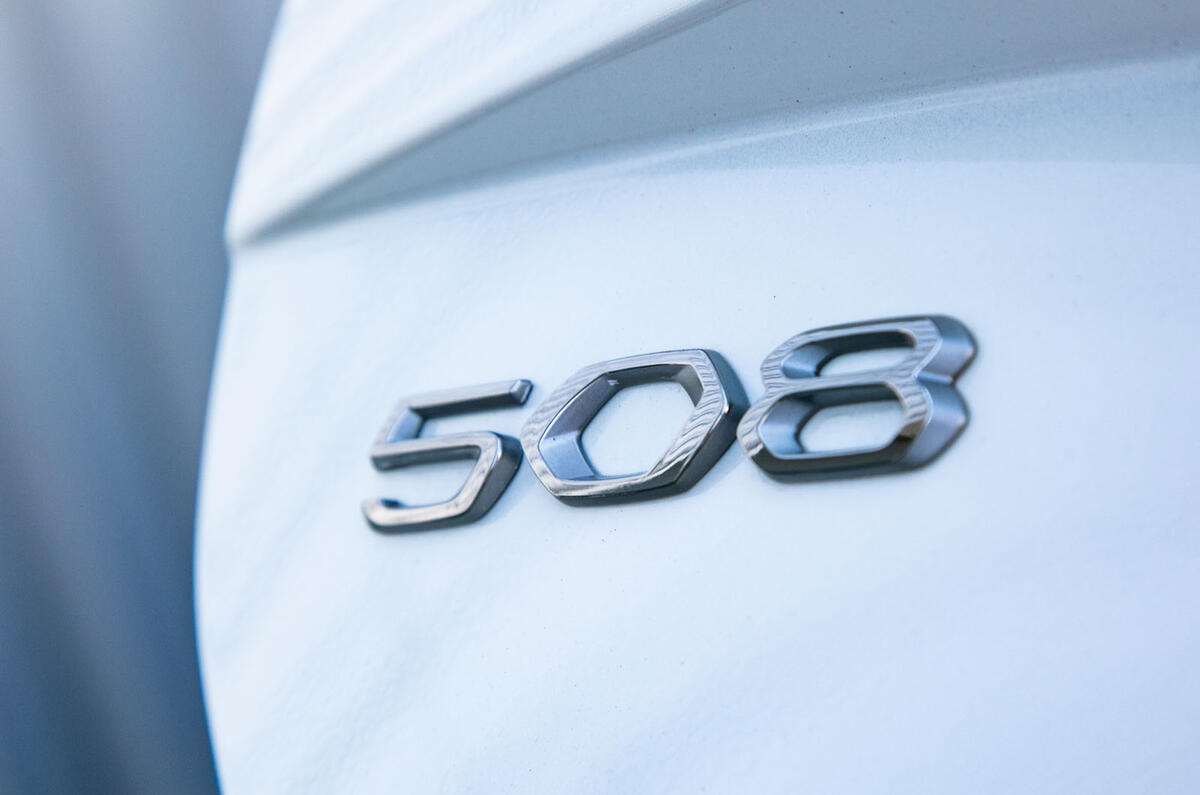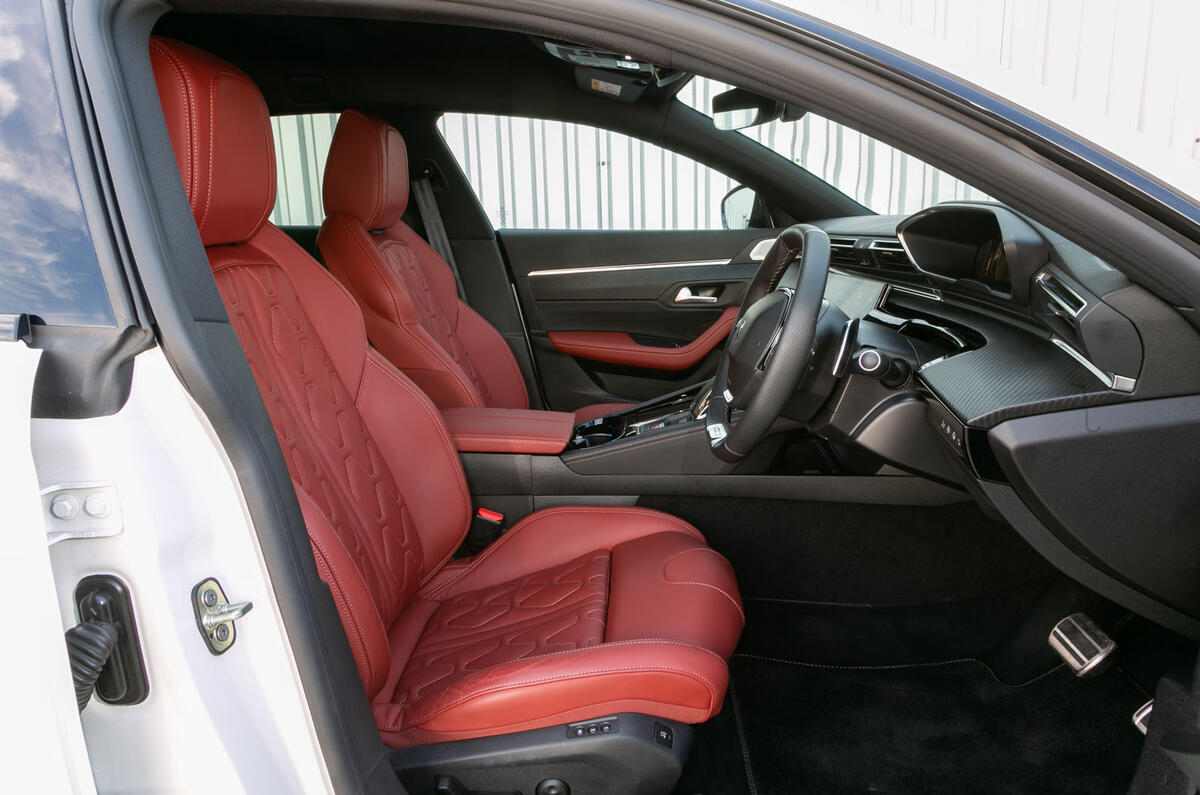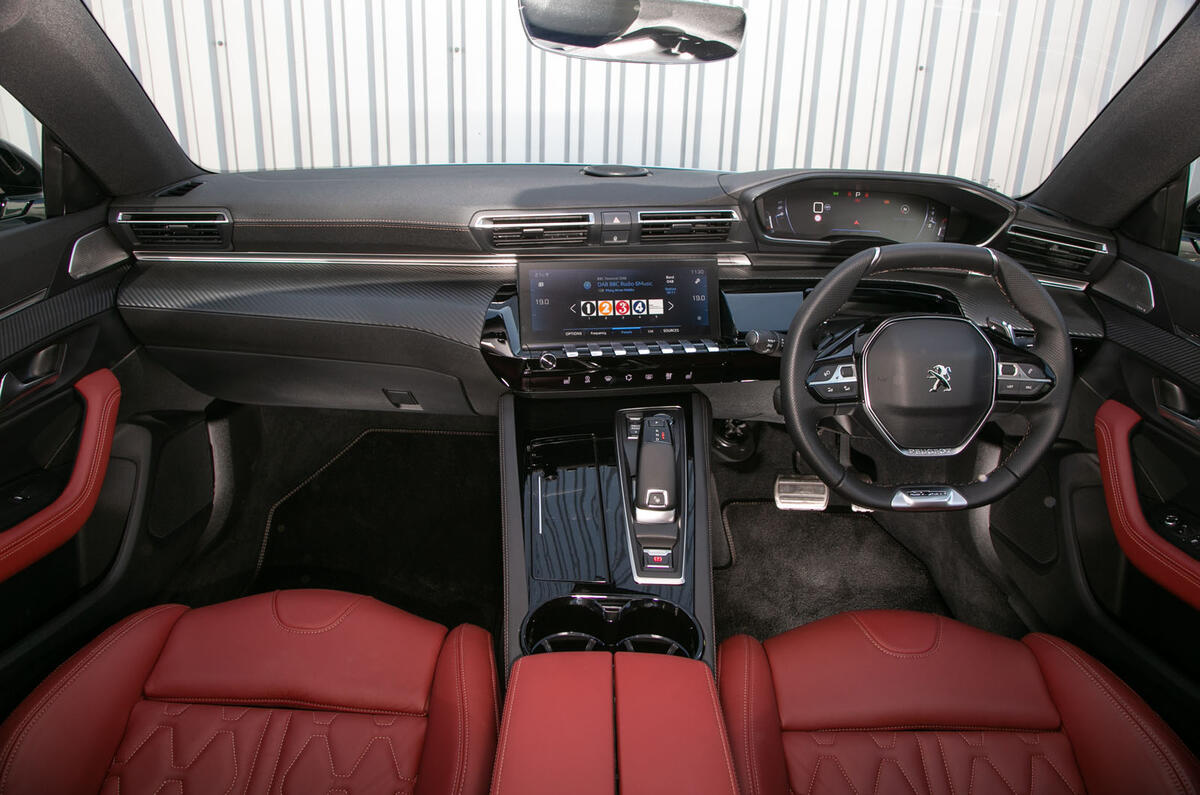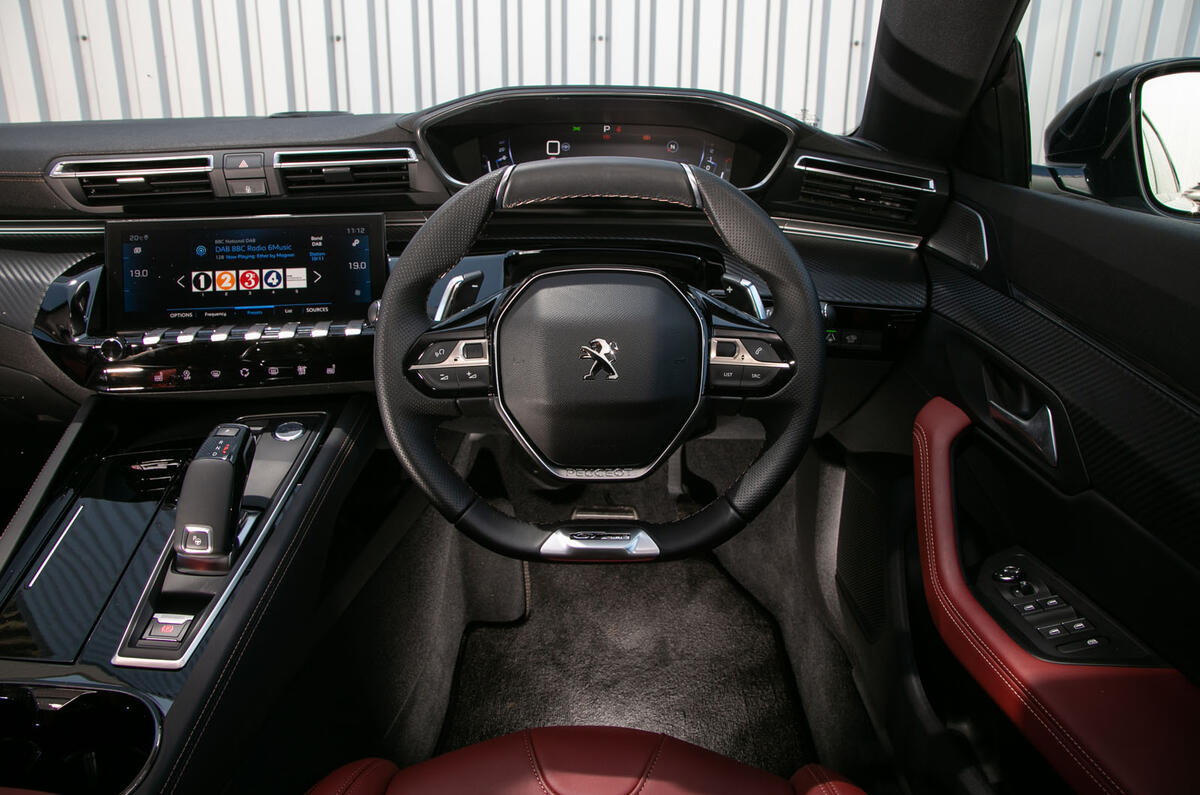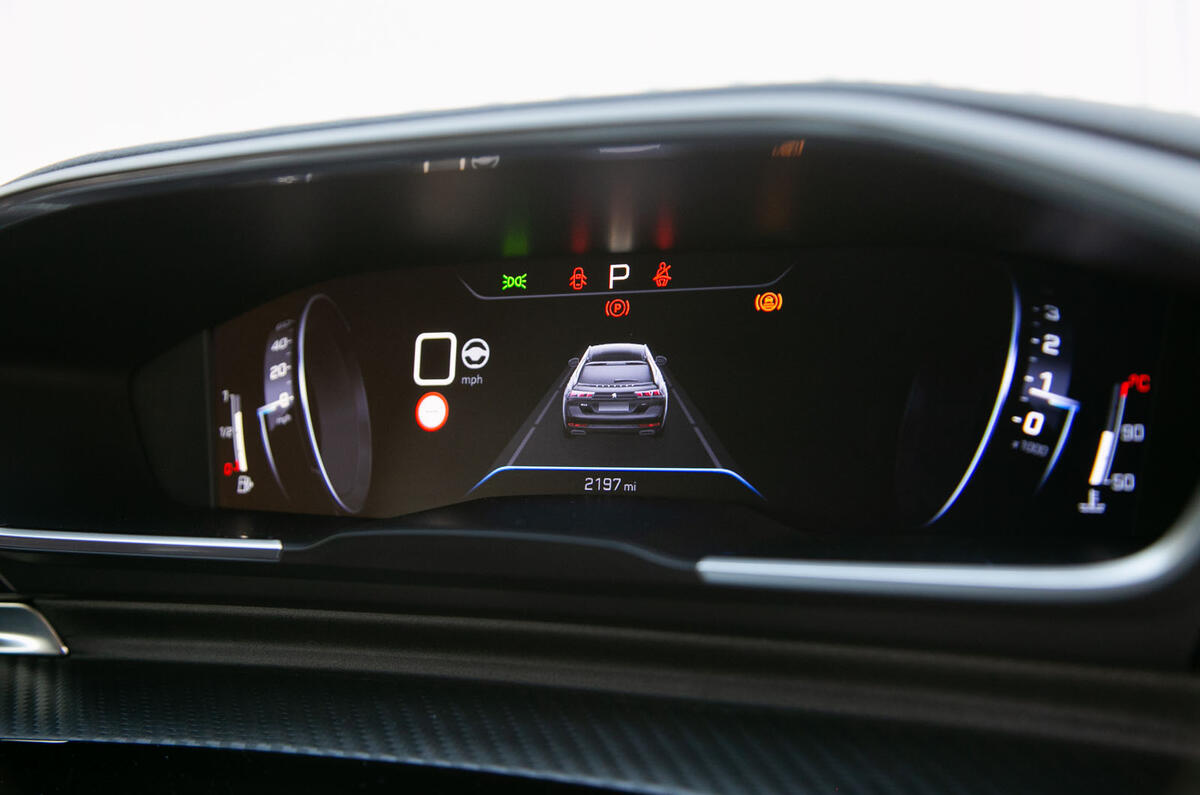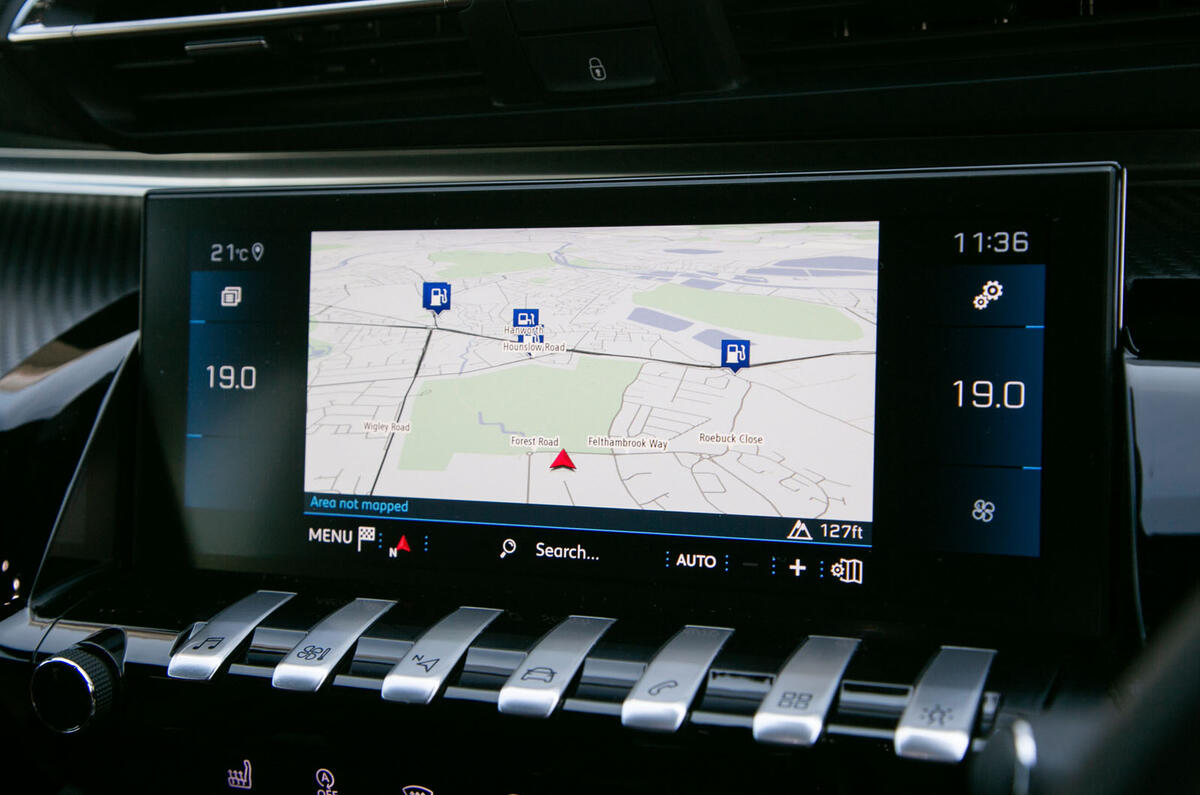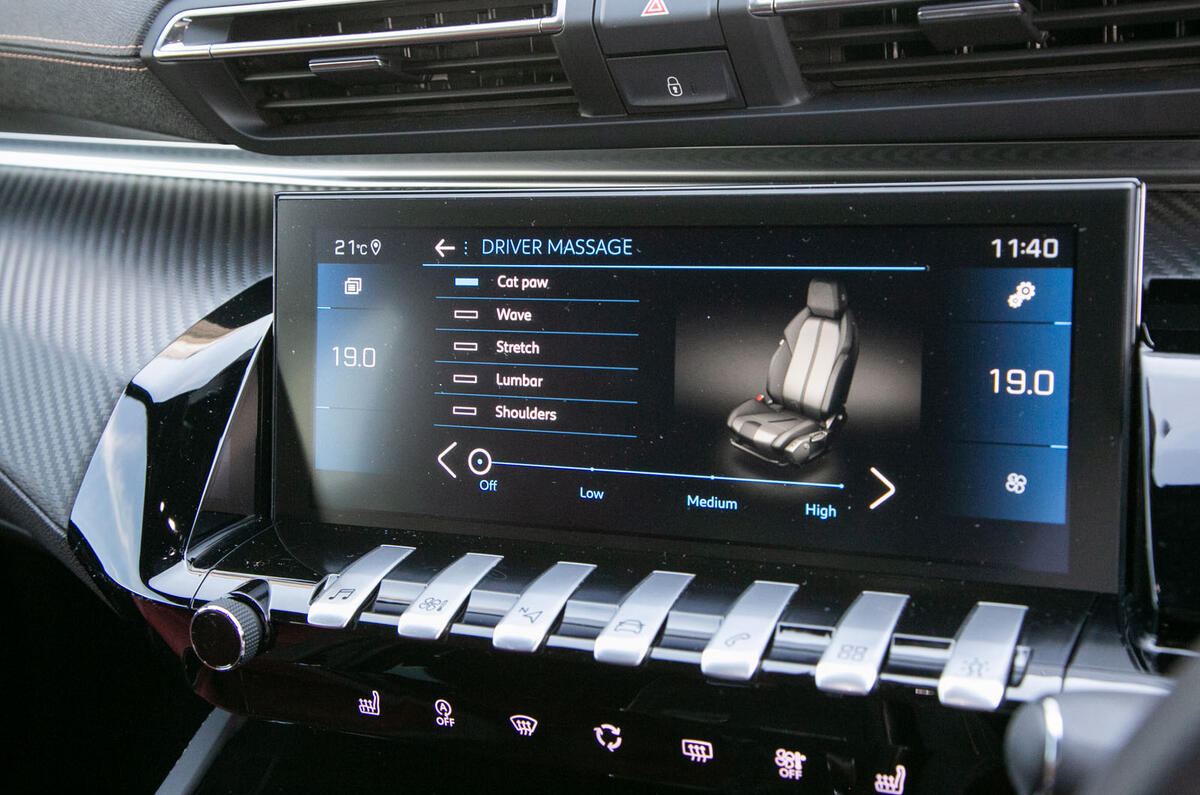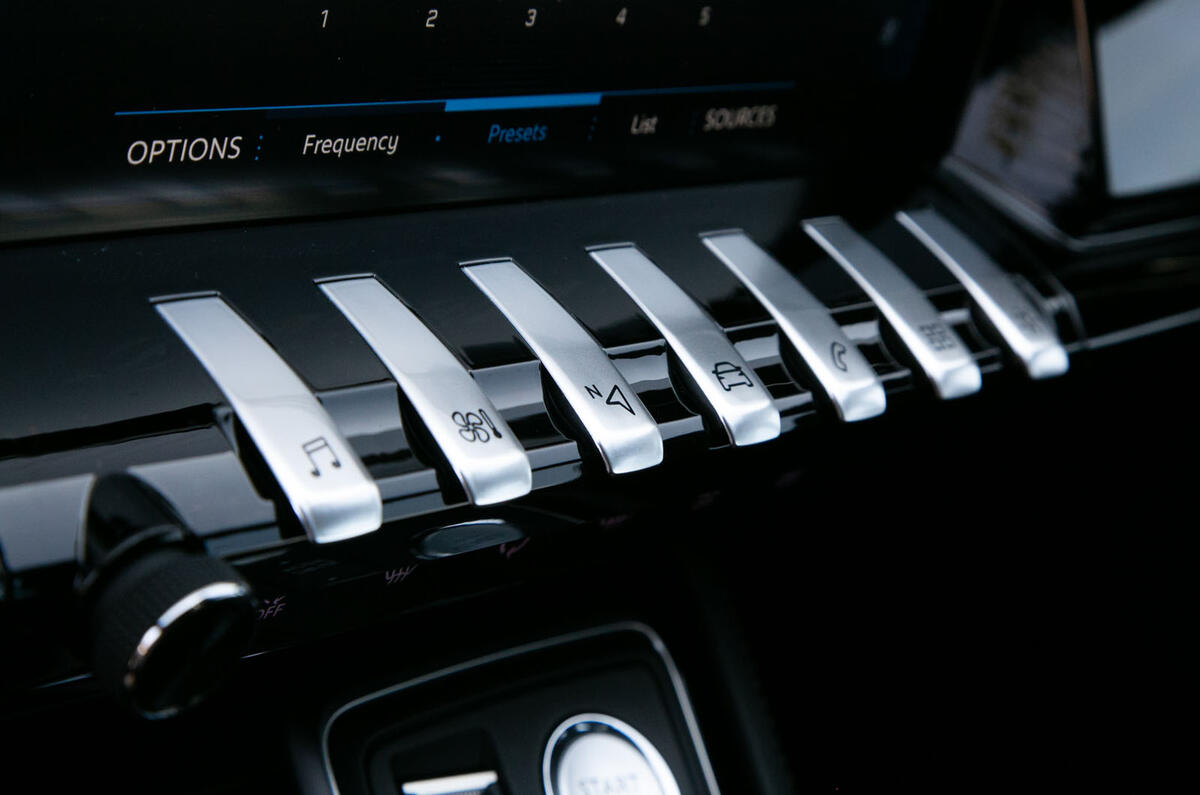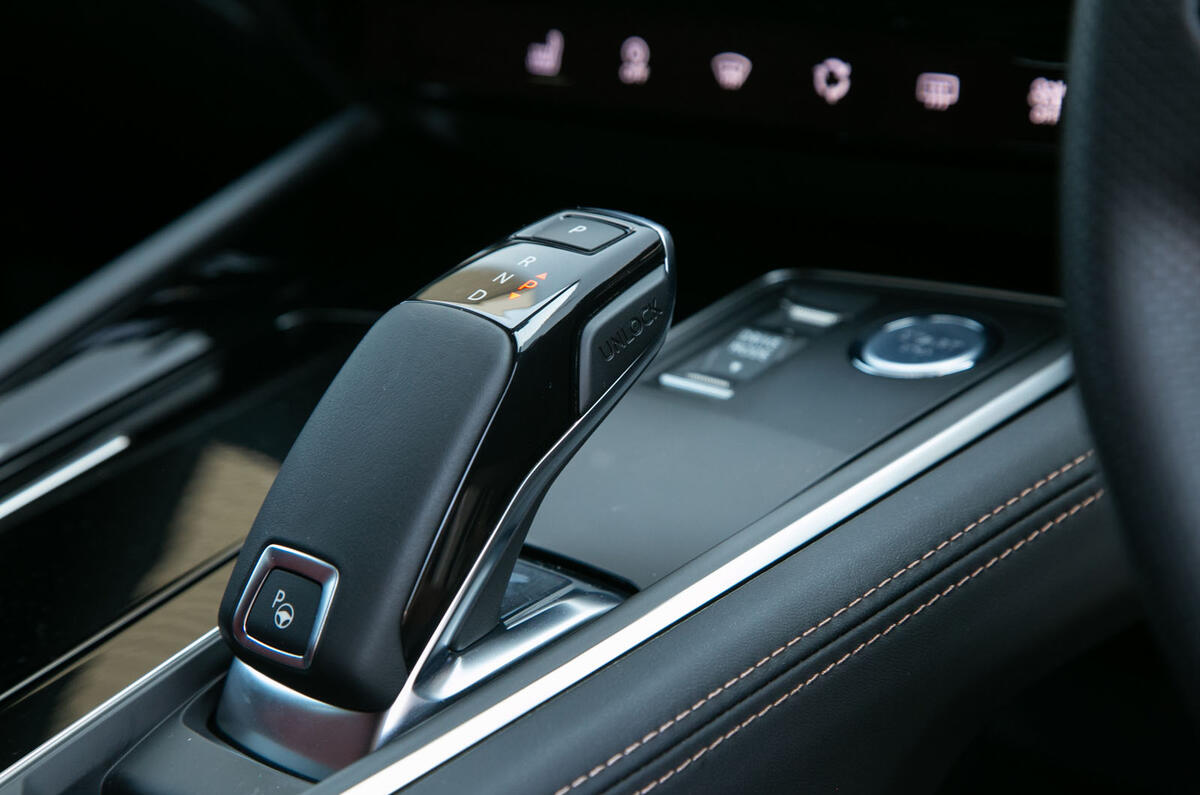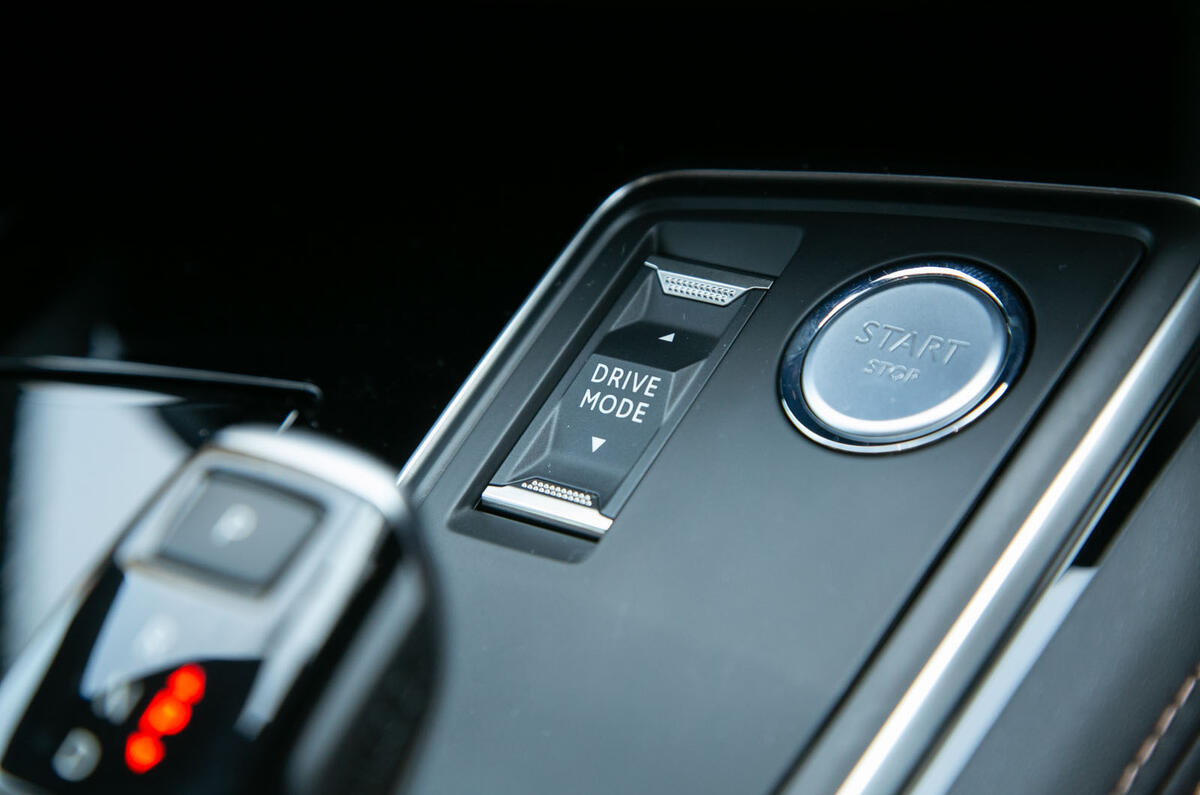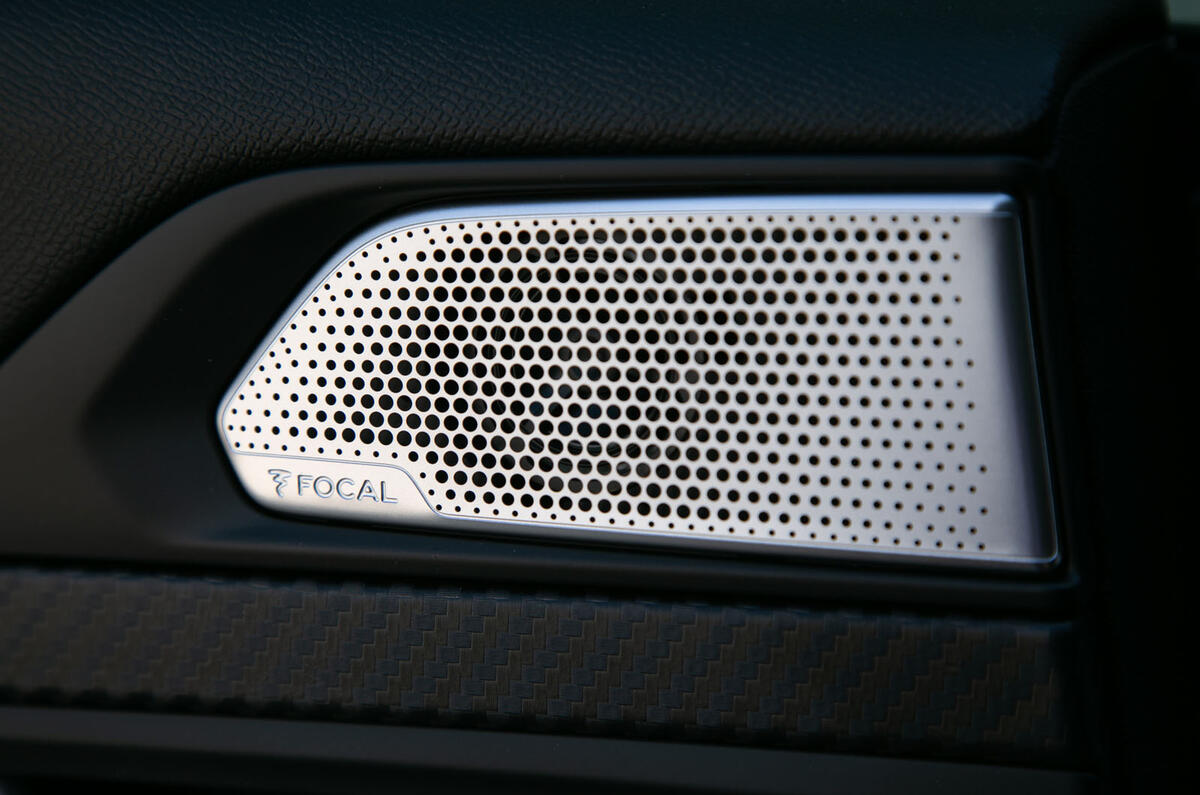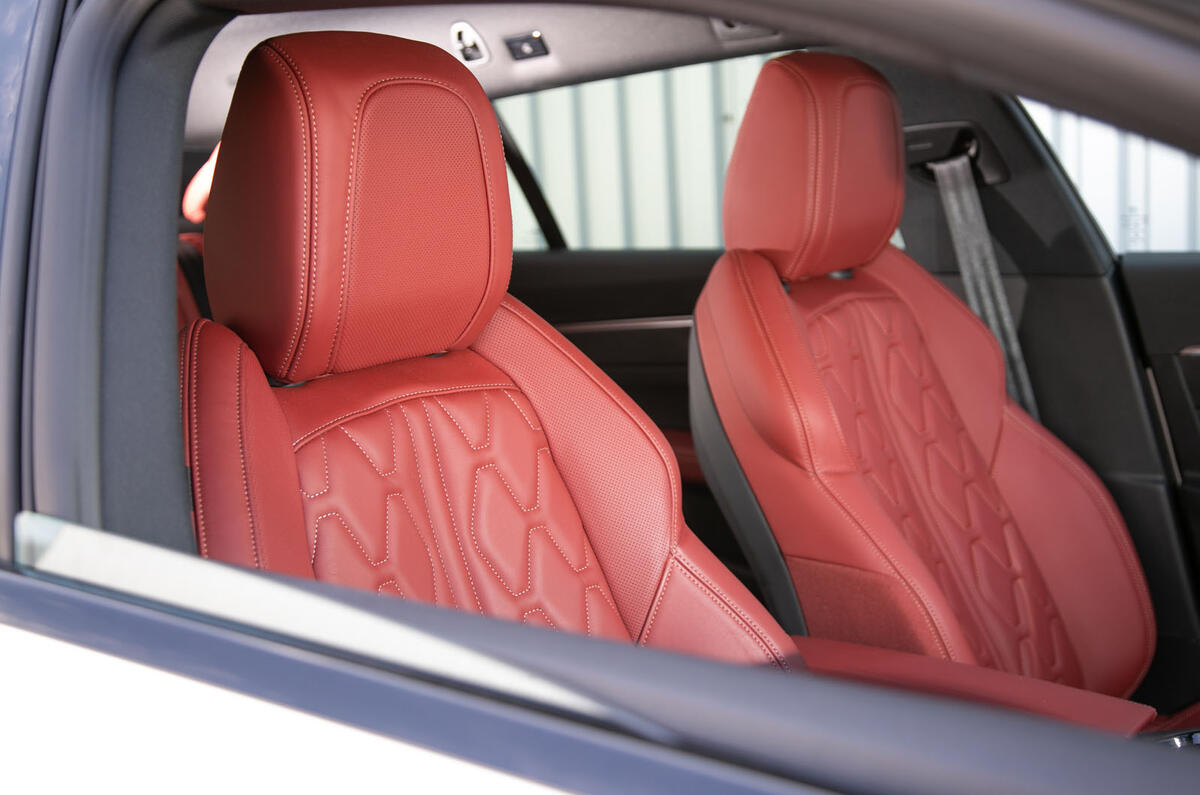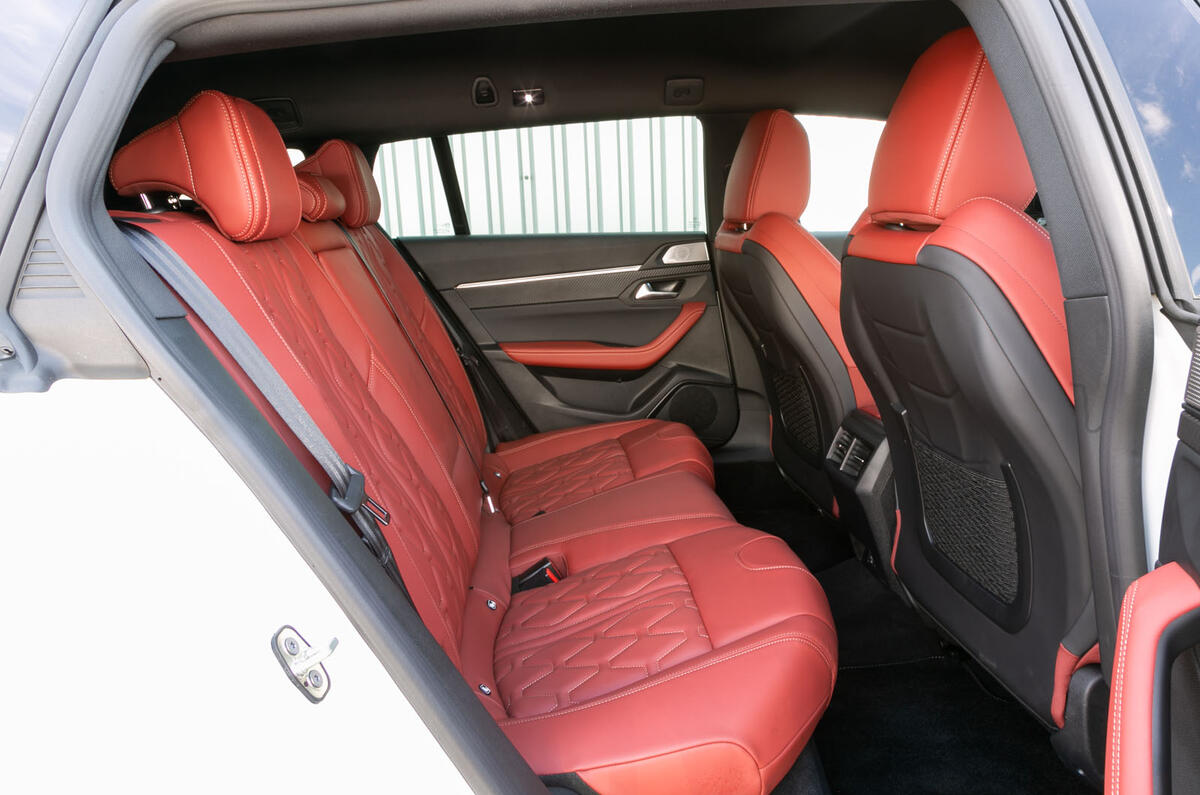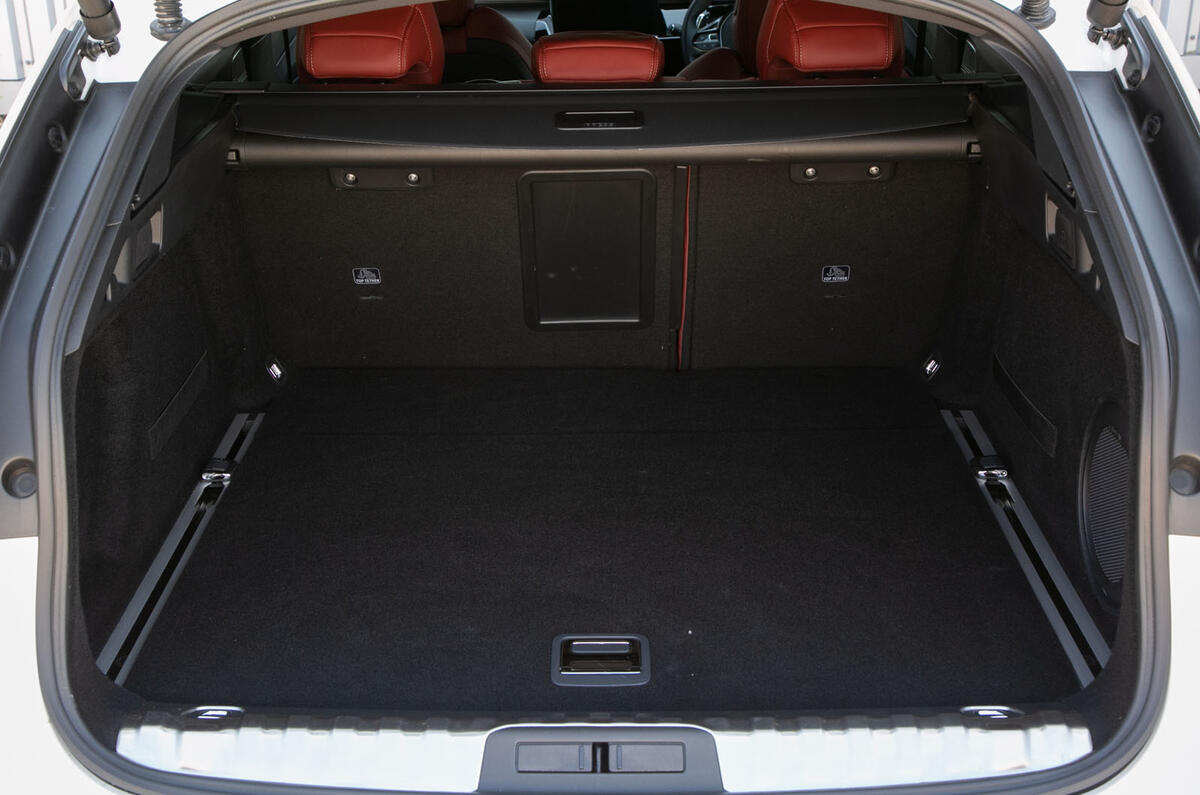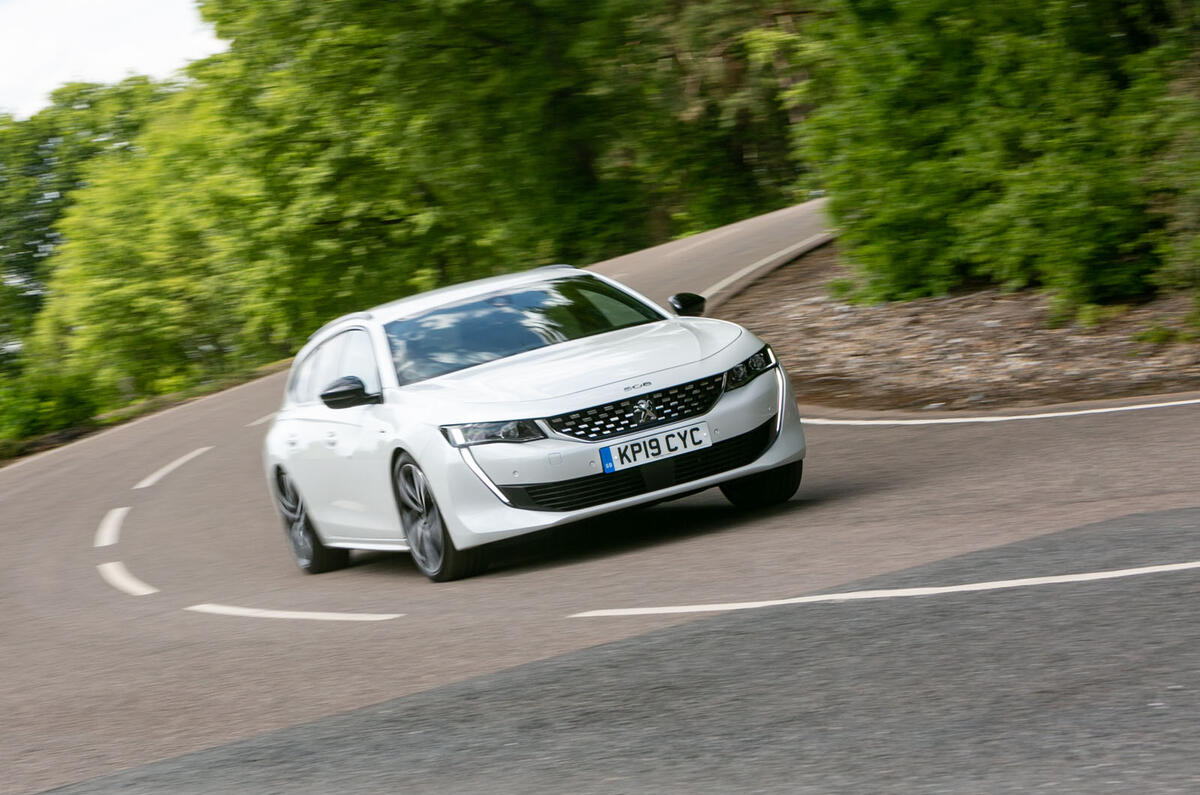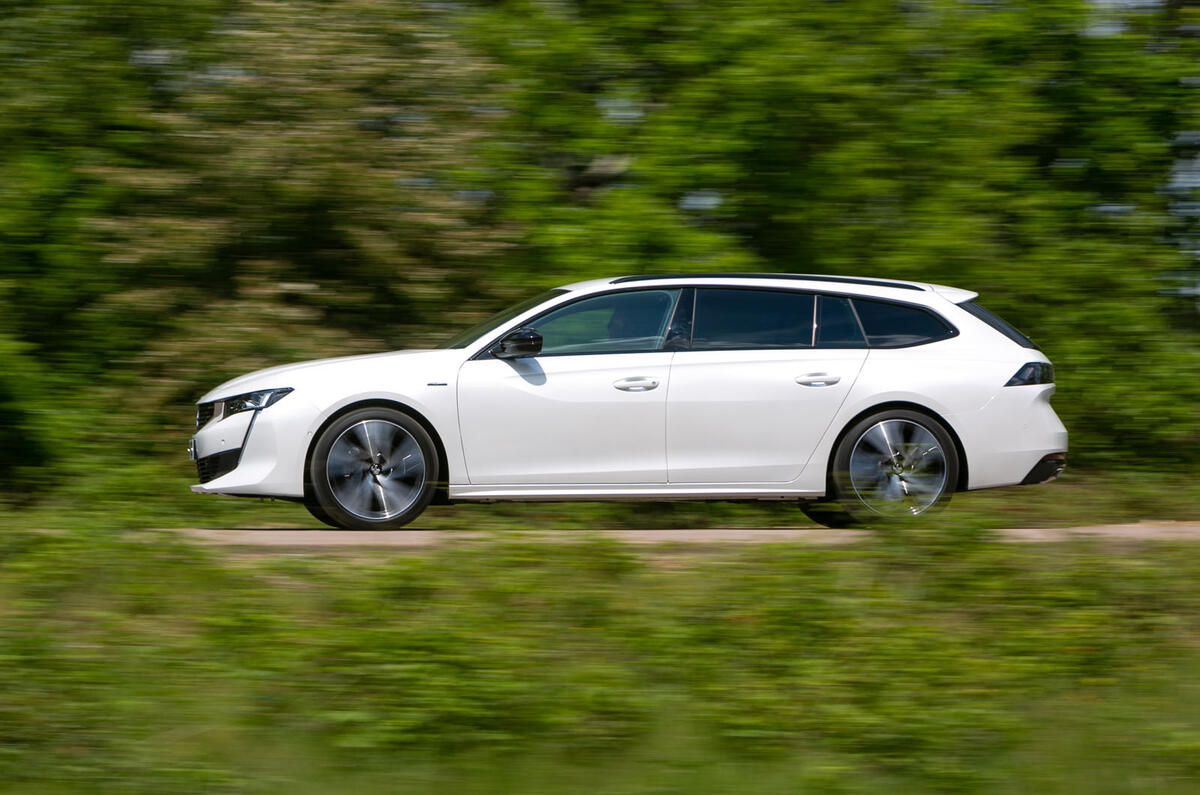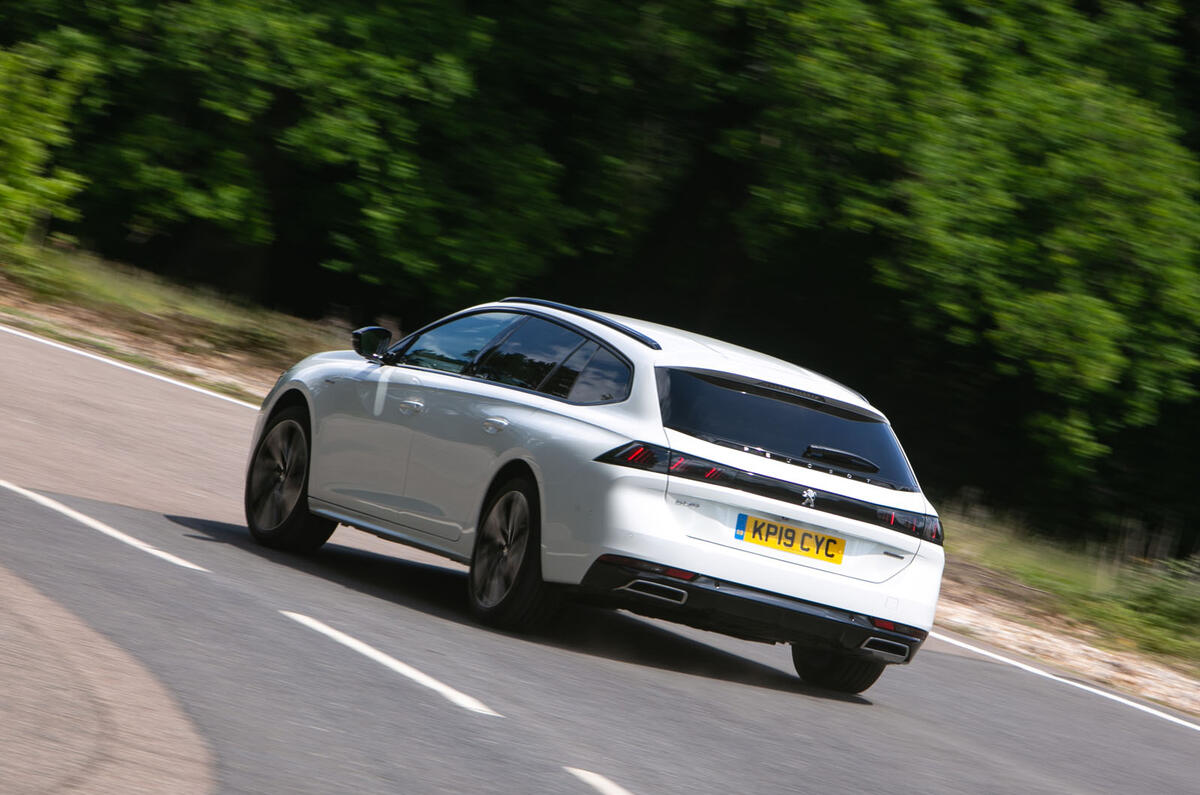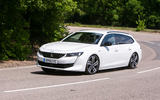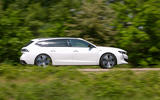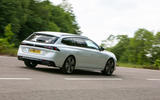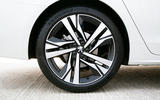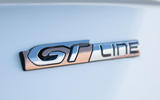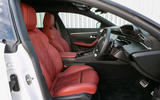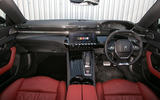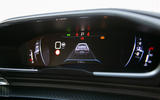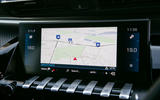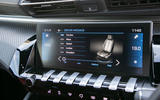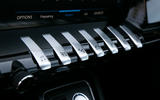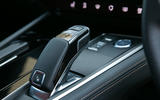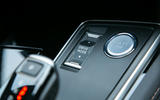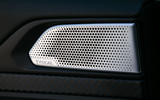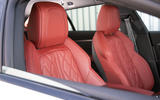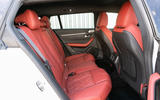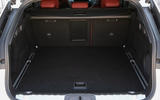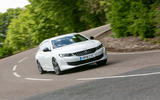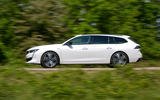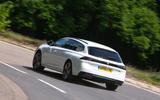The Peugeot 508 saloon has now been on UK roads for long enough to feel like a familiar sight. That’s normally about when a car maker changes up the model range by adding an estate bodystyle – and, right on cue, along comes the Peugeot 508 SW.
The 508 plays somewhat fast and loose with the automotive stereotype of the big French family car. It certainly cuts a dash and, as our reviews of higher-end GT versions have confirmed, it can handle pretty well by the best front-wheel-drive saloon class standards. But it’s not particularly big or accommodating and doesn’t quite have the laidback, loping ride that some might expect of it.
Extending the 508's roofline and bulking out the boot makes for 530 litres of luggage space behind the back seats and under the loadbay cover, which rises to 1780 litres up to the roof and with the second row of seats folded. Competitive figures both that you’ll need the very biggest wagons in the class to beat.
Meanwhile, all the engines and trim levels you can get on the 508 hatchback are available on an SW also, which means the line-up starts at just under £27,000 with a 129bhp 1.5-litre diesel manual in Active trim and winds its way up to a 221bhp 1.6-litre turbo petrol auto First Edition priced at a whisker under £41,000. Our first UK taste of the 508 SW came in a mid-range GT Line car with a 1.5-litre diesel engine and an auto 'box.


